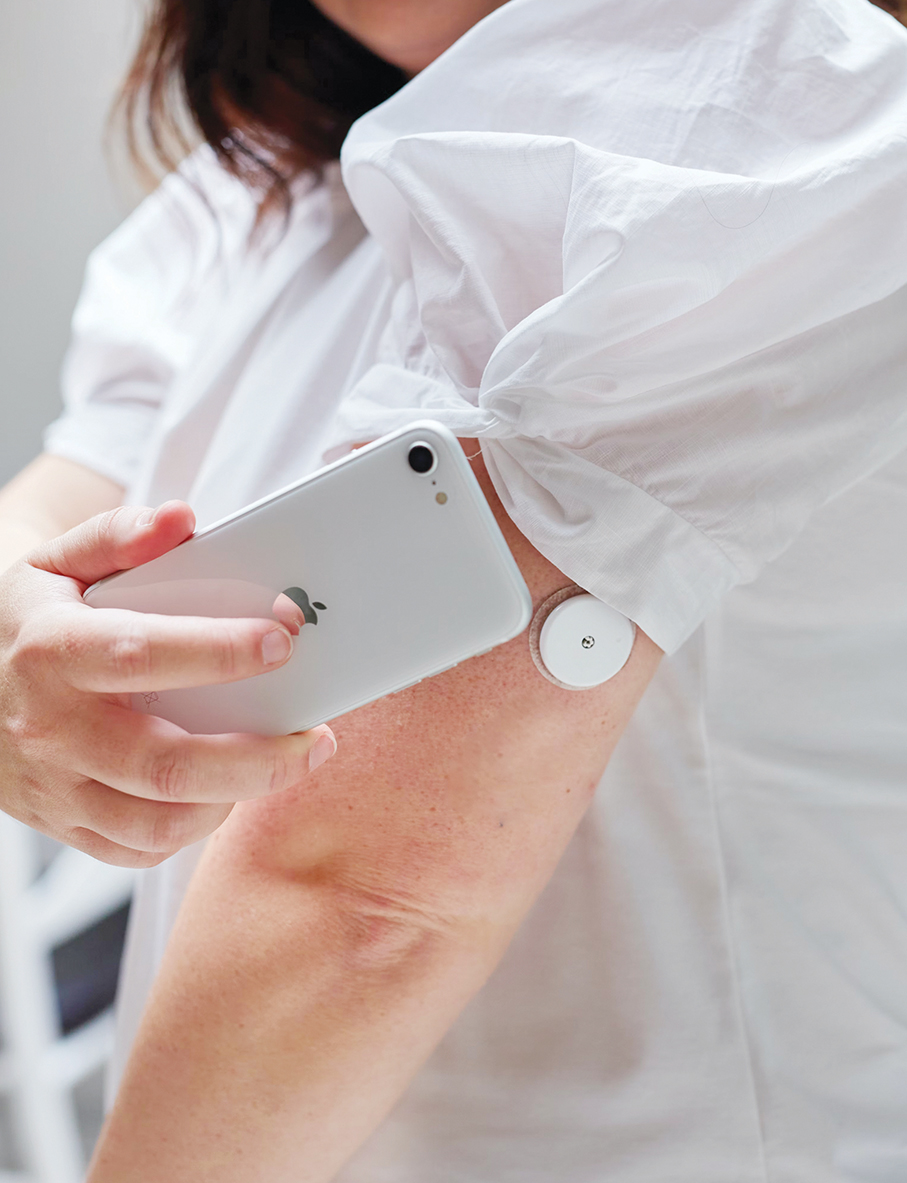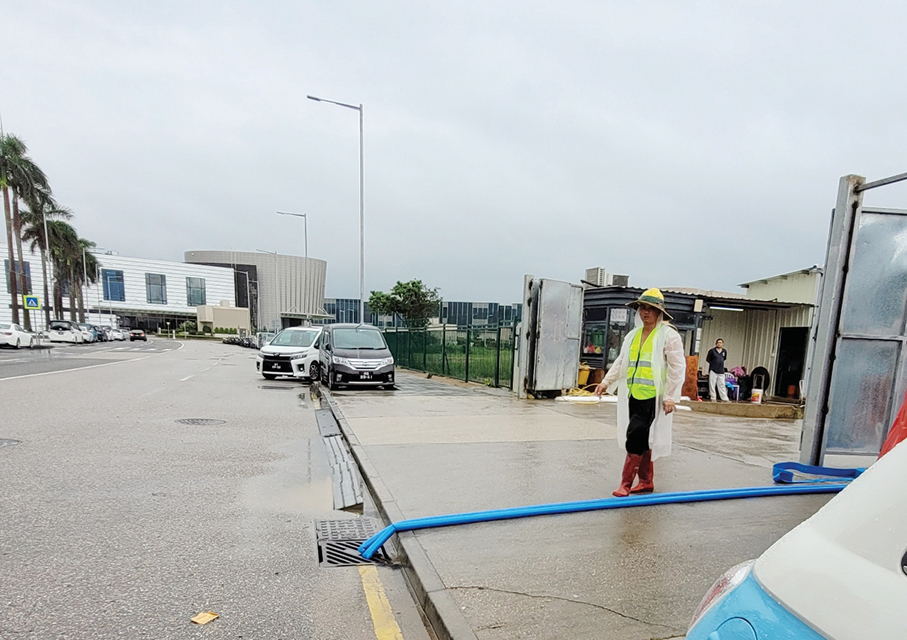Johnny Altizer, USJ Student
I’ve been diagnosed with Type 1 diabetes for 9 years now. On the first day of my English class at USJ, my English teacher thought I was a smoker and had nicotine patches on my arms. They are not nicotine patches. I have an insulin pump on one arm and a continuous glucose monitor on the other.
Many people get Type 1 diabetes and Type 2 diabetes confused. Although they have many similarities they’re also very different. What is Type 1 diabetes? T1D (in short) is a rare chronic disease that is caused by an autoimmune reaction in the body (the body turning on itself). This autoimmune reaction causes the body to destroy beta cells. Beta cells are in the pancreas that make insulin (a key anabolic hormone). T1D can be a very life-threatening disease over time. The complications of T1D can affect the major organs in the body, heart, blood vessels, nerves, eyes, and kidneys. It is only a life-threatening disease if you don’t control your blood sugar.
In my opinion, I feel like living in Macau with a chronic disease can be quite challenging. When you walk in the streets, you don’t know if the person next to you has a life-threatening disease. The only way of knowing is by asking them or if they tell you. Having diabetes in another country can be a lot easier like in the US. There are 1.45 million citizens in the US that have T1D. So, you can imagine how advanced their diabetic care is. Having Type 1 diabetes can be quite annoying in Macau. Sometimes I will have strangers come up to me asking what the devices are and will almost always try and touch them or they just stare, which can make someone feel quite uncomfortable. If the citizens of Macau were to be more educated about chronic diseases, it would make us, the people with chronic diseases, feel less like the odd ones out.
I am very fortunate that my parents can provide me with an insulin pump and continuous glucose monitor. Having those two devices means that I don’t have to inject myself with little needles or have to prick my finger every day, but for the less fortunate people, they have to do those two things five times a day. Sometimes, even more. The more I prick my finger, the more damage the nerves get each time. Before I was put on a continuous glucose monitor, I lost the feeling in some of my fingers and now I have a damaged tissue build-up where I do my injections, but all that has been reduced thanks to these two devices. Even though I have T1D, I still see myself as very fortunate that my parents can provide me with my medications and my two devices, which I see as a privilege.

Photo courtesy of Unsplash





